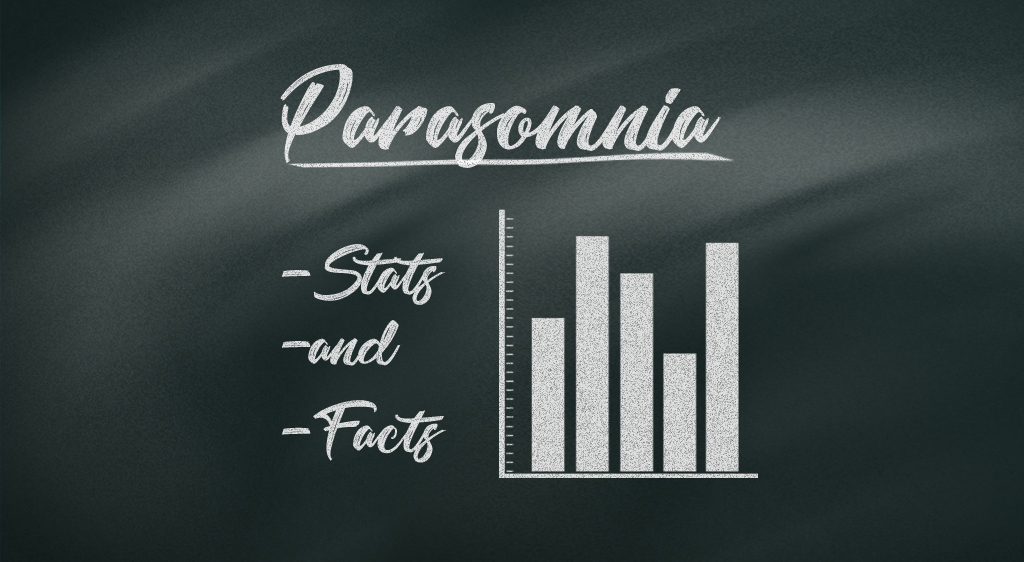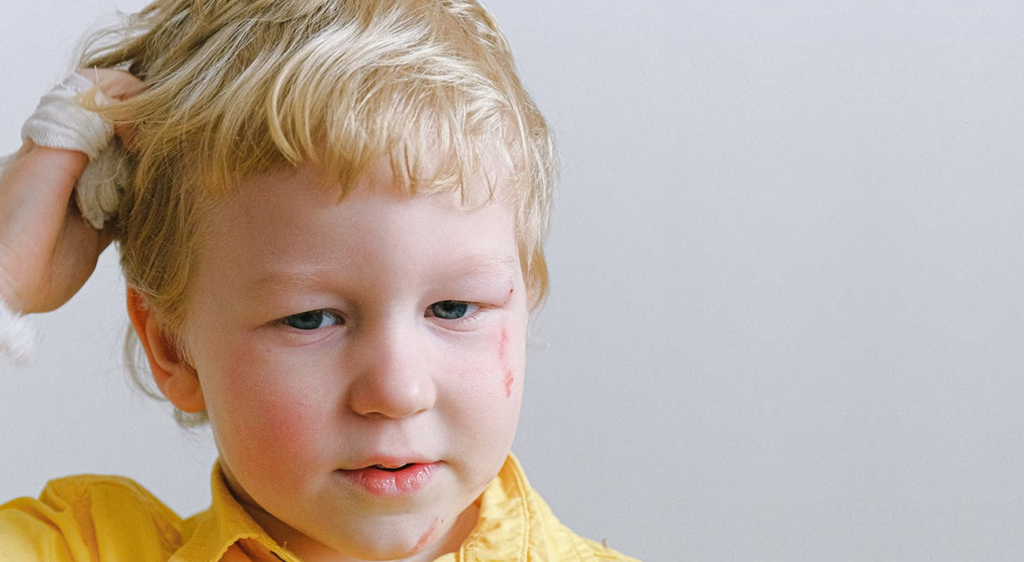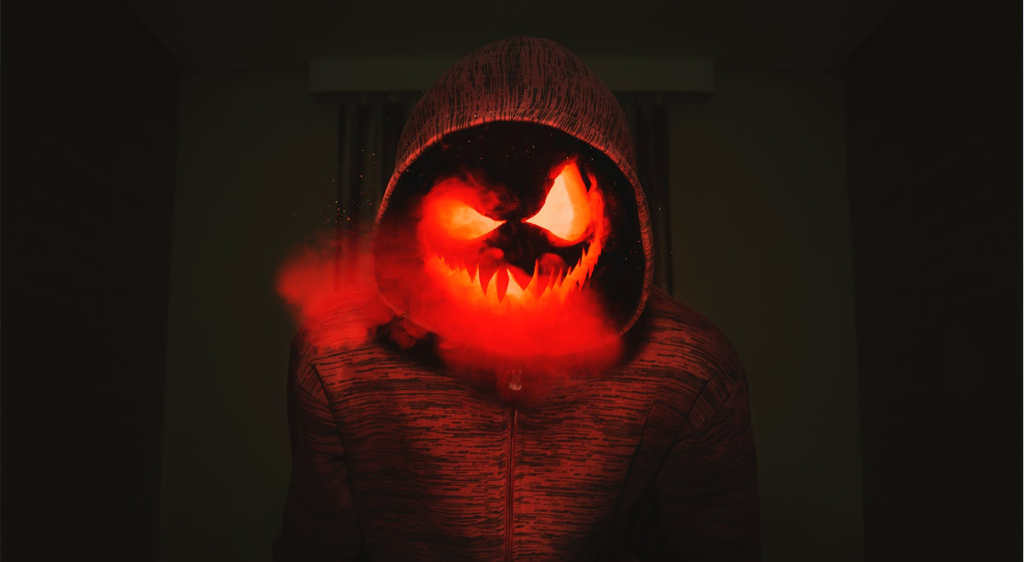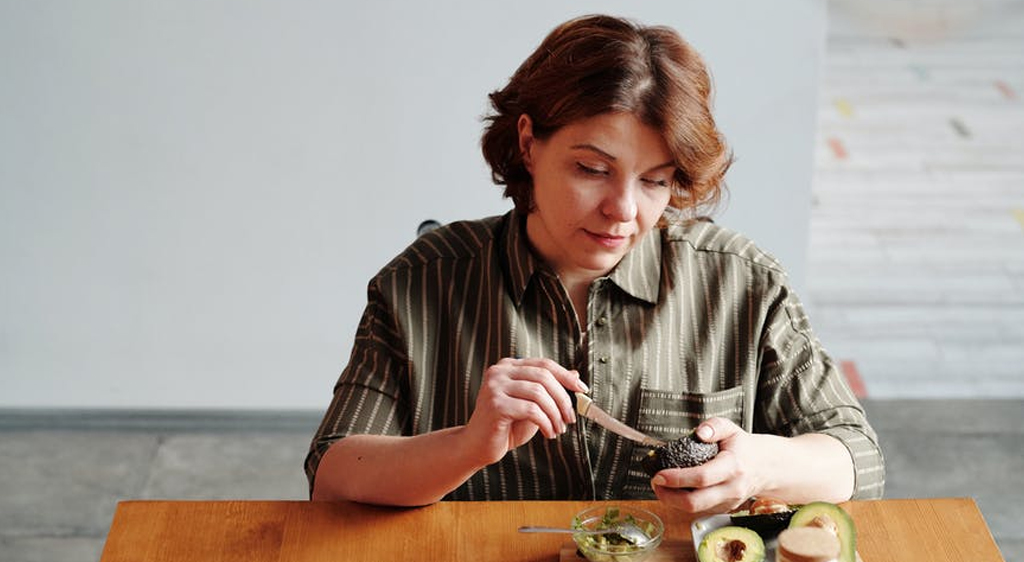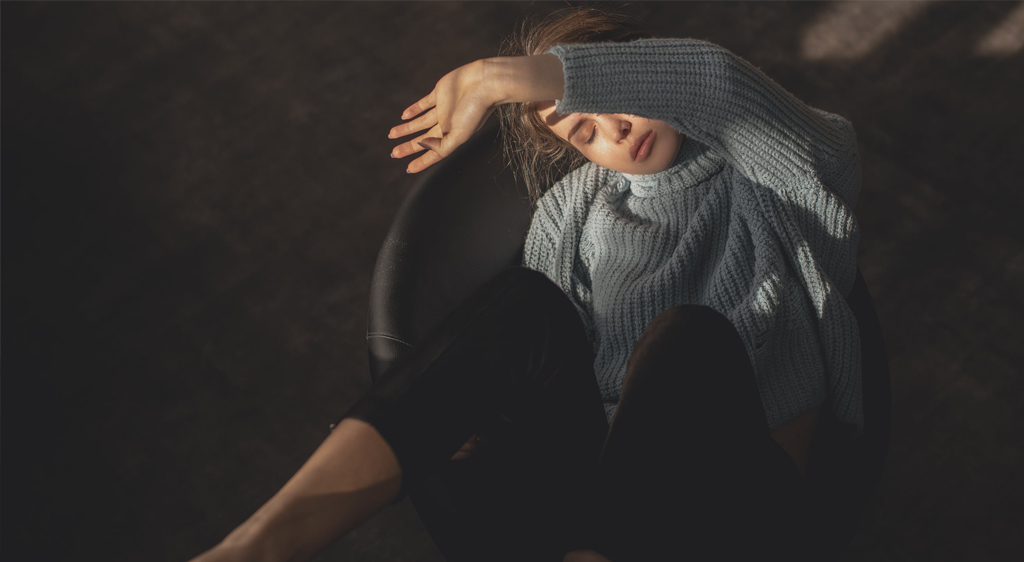Parasomnias Statistics
Parasomnias are a group of sleep disorders that can happen while falling asleep, when sleeping, and when waking up. Parasomnias include abnormal movements, behaviors, emotions, perceptions, or dreams. The behaviors you express may appear complex and intentional, such as eating and even driving. However, you remain asleep during the event and may recall nothing when you wake up. Examples of parasmonias are:
- Sleepwalking
- Confusional Arousals
- Sleep Terrors
- Sleep-related Eating Disorder
- Rapid Eye Movement (REM) Sleep Behavior Disorder (RBD)
- Nightmare Disorder
- Sleep Paralysis
- Bedwetting (enuresis)
- Sleep Hallucinations
- Exploding Head Syndrome
- Sleep Talking
(Sleep Education)
Please link to us if you find any information useful on this page. It helps us out . Thank you.
The Most Surprising Parasomnias Statistics
- Up to 40% of children experience at least one sleepwalking episode.
- Between 2 and 3% of adults in the general population sleepwalk.
- Between 1 and 6% of children can experience an episode of sleep terror.
- Parasomnias statistics estimate that sleep-related eating disorder (SRED) occurs in 5% of the general population.
- More than 80% of SRED patients describe a low level of consciousness during eating episodes.
- Various parasomnia statistics estimate that sleep paralysis is prevalent in 7.6% of the general population.
- Sleep talking occurs at least once per year in 50% of children.
- Exploding head syndrome is estimated to be present in 10% of the population.
(Dimitri Markov, MD), (Patient), (J W Winkelman, PhD), (Brian A. Sharpless, PhD), (Rubens N. A. A. Reimao, MD), (Mayo Clinic)
General Parasomnias Statistics and Facts
Sleepwalking
1. Children between the ages of 4 and 8 years are the likeliest to sleepwalk.
Sleepwalking is characterized by partial arousal during Stage 3 sleep. Sleepwalking can include strange and even violent behaviors. People who sleepwalk may experience the following:
- Get out of bed and walk around
- Sit up in bed and open their eyes
- Have a glazed, glassy-eyed expression
- Do routine daily actions
- Be difficult to wake up
- Be confused
- Quickly return to sleep
- Not remember what happened
- Have sleep terrors
(Healthline), (Sleep Education)
2. Sleepwalking in children usually occurs around 1 or 2 hours after falling asleep.
Some of the huge consequences of sleepwalking is injury to the sleepwalker or others. There are many reasons why sleepwalking may occur. These include:
- fatigue or lack of sleep
- irregular sleeping habits
- stress or anxiety
- being in a different sleep environment
- illness or fever
- certain medications, including sedatives, stimulants, and antihistamines
- family history of sleepwalking
However, sleepwalking may also be due to underlying sleep disorders such as:
- sleep apnea
- night terrors
- migraines
- restless leg syndrome
- head injuries
(Healthline)
3. Sleepwalking episodes of children can last between a few seconds to 30 minutes.
Sleepwalking in children is typically harmless, such as sitting up in bed or walking around. Episodes become serious when the sleepwalker wander outside, urinating in inappropriate places, or perform actions clumsily. When you wake them up, they may feel groggy or disoriented. Luckily, as children get older, they usually stop sleepwalking.
(Healthline), (Kids Health)
4. Rousing a child 15 to 30 minutes before the expected sleepwalking can help stop it.
This technique is called “scheduled awakening”. It also applies to other parasomnias like sleep terrors. Since sleepwalking occurs in Stage 3 of sleep, by waking up someone 15 to 30 minutes before sleepwalking, you reset the sleep cycle and help control the sleepwalking behavior.
(Healthline)
Confusional Arousals
5. Parasomnias statistics show that confusional arousals are prevalent in around 15 to 17% of children.
Confusional arousals are also known as “sleep drunkenness”. They can occur at any age, but they are more common in children. Confusional arousals are a sleep disorder wherein people will act unusual or confused as they wake up or just after waking. People who experience confusional arousals may appear disoriented or unresponsive. Their behavior may include:11,13
- Slow speech
- Confused thinking
- Poor memory
- Blunt responses to questions or requests
(Pedia Clinic), (Very Well Health), (Sleep Education)
6. Confusional arousals usually occur in the first 2 hours of falling asleep.
During this time, the brain transitions from Stage 3 sleep to a lighter stage of sleep mixed with wakefulness.
(Very Well Health)
7. On the other hand, confusional arousals are present in 3 to 4% of adults.
In the case of adults, they may act very inappropriately or even hostile and aggressively. Confusional arousals are especially common in adults under the age of 35.
Causes include:
- Other sleep disorders like sleep apnea or periodic limb movements of sleep
- Sleep deprivation
- Alcohol use near bedtime
- Excessive stress and worry
- Bipolar disorder or chronic depression
(Very Well Health), (Sleep Education)
8. Episodes of confusional arousals usually lasts around 10 minutes or less.
Those with confusional arousals may not remember what happened in the episodes. Episodes are fairly harmless. However, since the people experiencing confusional arousals are disoriented, there is still a risk that they may unintentionally hurt themselves or others.
(Very Well Health)
Sleep Terrors
9. Children between the ages of 3 and 12 are the likeliest to experience sleep terrors.
Sleep terrors (also known as night terrors) are characterized by intense screaming, fear, and flailing while still asleep. Sleepwalking may also accompany night terrors. Nightmares are dreams. Thus, nightmares occur during REM sleep. Sleep terrors, on the other hand, occur in non-REM sleep. Moreover, people experiencing nightmares may wake up, while those who experience night terrors may remain asleep and not recall any dream afterward.
(WebMD)
10. Sleep terrors may take up to 30 minutes before the person relaxes again.
Sleep terrors also usually last for only a few minutes. During a sleep terror episode, a person may:
- Begin with a frightening scream or shout
- Sit up in bed and appear frightened
- Stare wide-eyed
- Sweat, breathe heavily, and have a racing pulse, flushed face and dilated pupils
- Kick and thrash
- Be hard to awaken, and be confused if awakened
- Be inconsolable
- Have no or little memory of the event the next morning
- Possibly, get out of bed and run around the house or have aggressive behavior if blocked or restrained
(WebMD), (Mayo Clinic)
11. Parasomnias statistics indicate that around the age of 10, most children outgrow sleep terrors.
In the meantime, there are unfortunately no specific treatments for sleep terrors other than comforting the person who suffers from them. Parents or guardians can reassure or educate children who experience sleep terrors. Extreme tiredness, stress, fever, or a change in sleep schedule can trigger sleep terrors. Thus, addressing these underlying issues can also help the children. Medications are strongly discouraged.
(Ngoc Van Horn, MD)
12. Less than 1% of adults experience sleep terrors.
Sleep terrors in adults are rare. Moreover, they may indicate underlying neurological disorders. Adults with sleep terrors may also show signs of aggression, anxiety, memory loss, and inward pain that are often expressed in the form of self-mutilation.
(Patient), (Everyday Health)
Sleep-related Eating Disorder (SRED)
13. Researchers first described SERD in 19 adults in 1991.
They did another study in 1993 with 38 patients. The patients would usually partially or completely forget about their eating episodes. There were also strong associations with other sleep disorders and a high frequency of arousals from slow-wave sleep. Moreover, none of the patients had eating disturbances prior to sleep onset or complained of initial insomnia.
(C H Schenck, MD)
14. Parasomnias statistics estimate that SRED is present in 9 to 17% of people with eating disorders.
However, unlike in daytime eating disorders, SRED involves uncontrollable eating and drinking while asleep. The person may be partially or fully unaware while preparing and eating food, with little or no memory of these actions the next morning.22
(J W Winkelman, PhD), (Mayo Clinic)
15. The average age of onset of SRED is between 22 to 27 years.
However, there may be around 12 to 16 years before clinical presentation.
(R Robert Auger, MD)
16. More than 65% of SRED patients are female.
More than 40% of the patients are also overweight.
(R Robert Auger, MD)
17. More than 65% of SRED patients eat unpalatable substance.
The things that SRED patients eat would include frozen foods and buttered cigarettes. Injuries from careless food preparation occur in approximately 1/3 of patients.20 Moreover, approximately 70% of SRED patients, usually have episodes in the absence of hunger or thirst.21
(J W Winkelman, PhD)
18. Several treatments are in use for SRED.
These treatments include:
- discontinuing medications that can be triggers
- treating underlying sleep disorders that may contribute to SRED
- coaxing someone having an episode of SRED back to bed
- medications such as serotonin reuptake inhibitors
(Mayo Clinic), (Giacomo Chiaro, MD)
Rapid Eye Movement (REM) Sleep Behavior Disorder (RBD)
19. REM Sleep Behavior Disorder is prevalent in about 1% of the general population.
RBD is a REM sleep parasomnia wherein you act out your dreams. It occurs because your body does not stogp spinal motor neuron during REM sleep. The dreams you enact are usually violent. Thus, you can injure yourself or others or cause damages. Movements include punching, kicking, falling out of bed, gesturing, or knocking over the nightstand.
(Dr. Imran Khawaja, MD)
20. There are 2 current general treatments for RBD:
Medications and safety precautions. Medications include melatonin and clonazepam.
Safety precautions can include:
- Padding the floor near the bed
- Removing dangerous objects like sharp items from the bedroom.
- Putting barriers on the side of the bed
- Moving furniture and clutter away from the bed
- Protecting bedroom windows
(Mayo Clinic)
Nightmare Disorder
21. Parasomnias statistics show that nightmares occur in 2 to 11% of young children “always and often” and in 15–31% “now and then”.
Some parasomnias statistics estimate that as many as 50% of children between the ages of 3 and 6 years have nightmares that disrupt sleep. Fortunately, nightmare disorder becomes less common over time as children’s minds mature. In the meantime, reassurance and conservative management is the only treatment required for sporadic nightmares. The most common strategies reported by children for handling their nightmares include ignoring/distraction, talking to parents, or hugging soft toys.
(Medscape)
22. As many as 5% of young adults and 2% of older adults report nightmares on most nights.
Adults with nightmare disorder may benefit from cognitive-behavioral therapy. If the nightmares are due to another underlying health condition, such as post-traumatic stress disorder, then treating those first may also help.
(Dimitri Markov, MD), (The Recovery Village)
Sleep Paralysis
23. Up to 98% of people who experience sleep paralysis say that it is frightening.
During sleep paralysis (SP) a person may not have control over voluntary muscles, but eye movements, respiratory movements, and the senses remain clear. SP can happen when falling asleep or when waking up. During SP, people report of having frightening hallucinations such as levitation, autoscopy, the presence of malevolent intruders in the bedroom, and physical/sexual assaults.
(Brian A. Sharpless, PhD and Jacques P. Barber, PhD)
24. Treatment for sleep paralysis targets the causes.
Sleep paralysis itself has no treatment, but it can be prevented by addressing the causes, which include:
- Lack of sleep
- Sleep schedule that changes
- Mental conditions such as stress or bipolar disorder
- Sleeping on the back
- Other sleep problems such as narcolepsy or nighttime leg cramps
- Use of certain medications, such as those for ADHD
- Substance abuse
(Sleep Education), (WebMD)
Bedwetting (Enuresis)
25. Parasomnias statistics suggest that bedwetting is prevalent in 20 and 10% of children aged 5 and 10 years, respectively.
Moreover, episodes of bedwetting may remit spontaneously at a rate of around 15% per year for children older than 10 years.
(Kids Health)
26. Bedwetting can occur in around 1 to 2% and 0.05% of 18-year-olds and adults, respectively.
During childhood, boys have a higher incidence rate of bedwetting than girls. However, these rates become similar during teen years. Bedwetting may also begin in adulthood.
(Kid Health)
27. A bedwetting alarm can allow 67% of children stay dry for at least 14 nights in a row.
A bedwetting alarm detect wetness and goes off if the child starts to pee. The alarm wakes the child up as soon as the first drops of urine come out. Thus, the child can stop the urine flow and go to the toilet. The child eventually learns to wake up whenever the bladder gets too full.
(Institute for Quality and Efficiency in Health Care)
28. Desmopressin can only allow 19% of children stay dry for at least 14 nights in a row.
Desmopressin is a medication that has similar functions as the hormone vasopressin, which the brain makes at night to reduce urine production. Unfortunately, 5% of children can have side effects such as headaches and stomachaches.
(Institute for Quality and Efficiency in Health Care)
Sleep Hallucinations
29. Sleep hallucinations generally occur at 1 of 2 times: (1) As you are falling asleep (hypnagogic) or (2) as you are waking up (hypnopompic).
Sleep hallucinations are imagined events that seem real. These hallucinations may make you think you are seeing, smelling, hearing, tasting, or feeling things. Since people who experience these hallucinations cannot tell which are real or not, they may feel afraid. Some people hear voices. Others feel like there are insects crawling over their body, which can make them scratch their body and hurt themselves.
(Sleep Education), (Healthline)
30. A study found nearly 7 and 25% of people experience hypnopompic and hypnagogic hallucinations, respectively.
Most of the hallucinations occur less than once per month. Haptic experiences were the top for both hypnopompic and hypnagogic hallucinations, with the feeling of falling down being the most prevalent.
(Maurice M. Ohayon, MD)
31. Hypnopompic hallucinations occurs in 8.2% of people between the ages of 15 and 44 years.
This rate declined to 5.1% for people between the ages of 45 and 64, and 4.8% for those aged 65 years or older.
(Maurice M. Ohayon, MD)
32. On the other hand, hypnagogic hallucinations occurs in 31.1% of people between the ages of 15 and 44 years.
This rate declined to 19.7% for people between the ages of 45 and 64, and 15.5% for those aged 65 years or older. Moreover, hypnagogic hallucinations occurs in 20.2 and 29.2% of men and women, respectively.
(Maurice M. Ohayon, MD)
33. Sleep hallucinations may not need treatment.
Hallucinations tend to decrease with time and if you address other underlying issues like:
- Get enough sleep
- Keep a regular sleep schedule
- Avoid alcohol and certain drugs and medications
If the hallucinations get worse, a doctor can prescribe medications or change any current medications you have, such as medications for mood disorders.38
(Sleep Education)
Exploding Head Syndrome
34., Exploding head syndrome (EHS) was first described in 1876.
People with EHS experience abrupt, loud noises when going to sleep or waking up. The experience is usually painless, but people may feel fear and distress. It was given its official name in 1988.
(Brian A. Sharpless, PhD), (Claire Ceriani, MD and Stephanie Nahas, MD)
35. Limited parasomnias statistics indicate that EHS is present in:
13.8% of psychiatric patients
10.0% of patients with sleep disorders
10.7% of healthy people
Although EHS has been identified for over 150 years, it is still poorly understood. A possible reason behind its mystery is people rarely present for treatment with EHS as the sole complaint.
(Brian A. Sharpless, PhD)
36. No controlled clinical trials have been done on EHS.
However, there are case studies for treatments. Clomipramine, an antidepressant, has been used. Calcium channel blockers may also help. You can also do activities that relax you, like yoga, reading, or a warm bath.
(Brian A. Sharpless, PhD)
Sleep Talking (Somniloquy)
37. Although sleep talking is most common in children, about 5% of adults also talk in their sleep.
What people talk about in their sleep tends to be harmless. It may not even make sense. The talking can happen many times and can be loud. Sleep talking can occur in REM or non-REM sleep.
(Sleep Education)
38. Between 20 to 25% of children sleep talk at least once per week.
On the other hand, less than 10% of children sleep talk every night.
(Rubens Reimao, MD and Antonio Lefevre, MD)
39. Sleep talking does not require treatment since it does not disrupt the sleep of the sleep talker.
However, if sleep talking involves fear, screaming, or violent actions, then it is a good idea to see a sleep specialist. If sleep talking is due to an underlying and more severe sleep disorder, the sleep specialist may do a sleep study to investigate the cause and treat it.
(WebMD)
Conclusion
There are numerous parasomnias. None directly endangers your health. However, they can increase your likelihood of hurting yourself or others, such as when you fall down when sleepwalking or eat something bad when sleep eating. Since you may be unaware during some of these parasomnias, it is a good idea to ask people who live with you, such as your family or spouse, about what happens during an episode. You can also set up cameras if you live alone. By doing so, you can determine if you need to take other precautions or see a sleep specialist to address your parasomnias.
References
Sleep Education:
http://sleepeducation.org/essentials-in-sleep/parasomnias/overview-and-facts
Markov et al., 2006:
https://www.ncbi.nlm.nih.gov/pmc/articles/PMC2958868/
Patient:
https://patient.info/doctor/night-terrors-and-parasomnias
Winkelman and Fava, 1999:
https://pubmed.ncbi.nlm.nih.gov/10616953/
Khawaja and Singh, 2020:
https://www.ncbi.nlm.nih.gov/books/NBK534239/
Sharpless and Barber, 2011:
https://www.sciencedirect.com/science/article/pii/S1087079211000098
Reimão and Lefévre, 1980:
https://www.sciencedirect.com/science/article/abs/pii/S0387760480800477?via%3Dihub
Healthline:
https://www.healthline.com/health/sleep/sleepwalking-and-children
Sleep Education:
http://sleepeducation.org/sleep-disorders-by-category/parasomnias/sleepwalking/symptoms-risk-factors
Kids Health:
https://kidshealth.org/en/parents/sleepwalking.html
Pedia Clinic:
https://pediaclinic.net/Sleep-Confusional-Arousals
Very Well Health:
https://www.verywellhealth.com/what-are-confusional-arousals-3014786
Sleep Education:
WebMD:
https://www.webmd.com/sleep-disorders/night-terrors#1
Mayo Clinic:
https://www.mayoclinic.org/diseases-conditions/sleep-terrors/symptoms-causes/syc-20353524
Horn and Street, 2019:
https://www.ncbi.nlm.nih.gov/books/NBK493222/
Mayo Clinic:
Everyday Health:
https://www.everydayhealth.com/sleep-disorders/coping-with-fear-adult-night-terrors/
Schenck et al., 1991:
https://pubmed.ncbi.nlm.nih.gov/1759095/
Schenck et al., 1993:
https://pubmed.ncbi.nlm.nih.gov/8104356/
Winkelman et al., 1999:
https://pubmed.ncbi.nlm.nih.gov/10616953/
Mayo Clinic:
https://www.mayoclinic.org/diseases-conditions/sleep-related-eating-disorder/symptoms-causes/syc-20356019
Auger, 2006:
https://www.ncbi.nlm.nih.gov/pmc/articles/PMC2945843/
Mayo Clinic:
https://www.mayoclinic.org/diseases-conditions/sleep-related-eating-disorder/diagnosis-treatment/drc-20356024
Chiaro et al, 2015:
https://pubmed.ncbi.nlm.nih.gov/26037737/
Mayo Clinic:
Medscape:
https://emedicine.medscape.com/article/914428-treatment
Markove et al., 2006:
https://www.ncbi.nlm.nih.gov/pmc/articles/PMC2958868/
The Recovery Village:
https://www.therecoveryvillage.com/mental-health/nightmare-disorder/related/nightmare-disorder-statistics/#gref
Sharpless and Barber, 2012:
https://www.ncbi.nlm.nih.gov/pmc/articles/PMC3156892/
Sleep Education:
WebMD:
https://www.webmd.com/sleep-disorders/sleep-paralysis#2
Kids Health:
https://kidshealth.org/en/teens/enuresis.html
Institute for Quality and Efficiency in Health Care, 2018:
https://www.ncbi.nlm.nih.gov/books/NBK279492/
Sleep Education:
Healthline:
https://www.healthline.com/health/sleep-health/hypnagogic-hallucinations#symptoms
Ohayon, 2000:
https://www.sciencedirect.com/science/article/pii/S0165178100002274?via%3Dihub
Sleep Education:
Sharpless, 2014:
https://www.sciencedirect.com/science/article/pii/S1087079214000227?via%3Dihub
Sleep Education:
http://sleepeducation.org/sleep-disorders-by-category/parasomnias/sleep-talking
Reimão and Lefévr, 1980:
https://www.sciencedirect.com/science/article/abs/pii/S0387760480800477?via%3Dihub
WebMD:
https://www.webmd.com/sleep-disorders/talking-in-your-sleep#1
